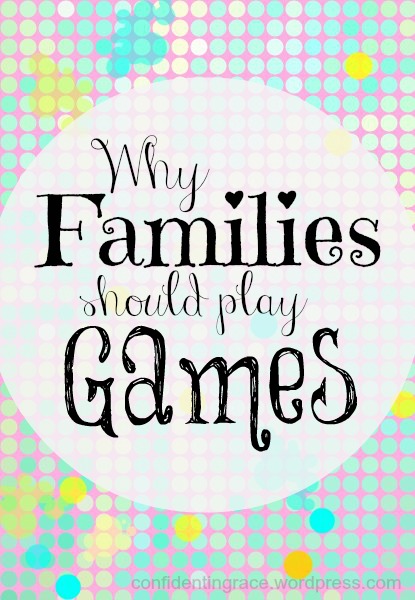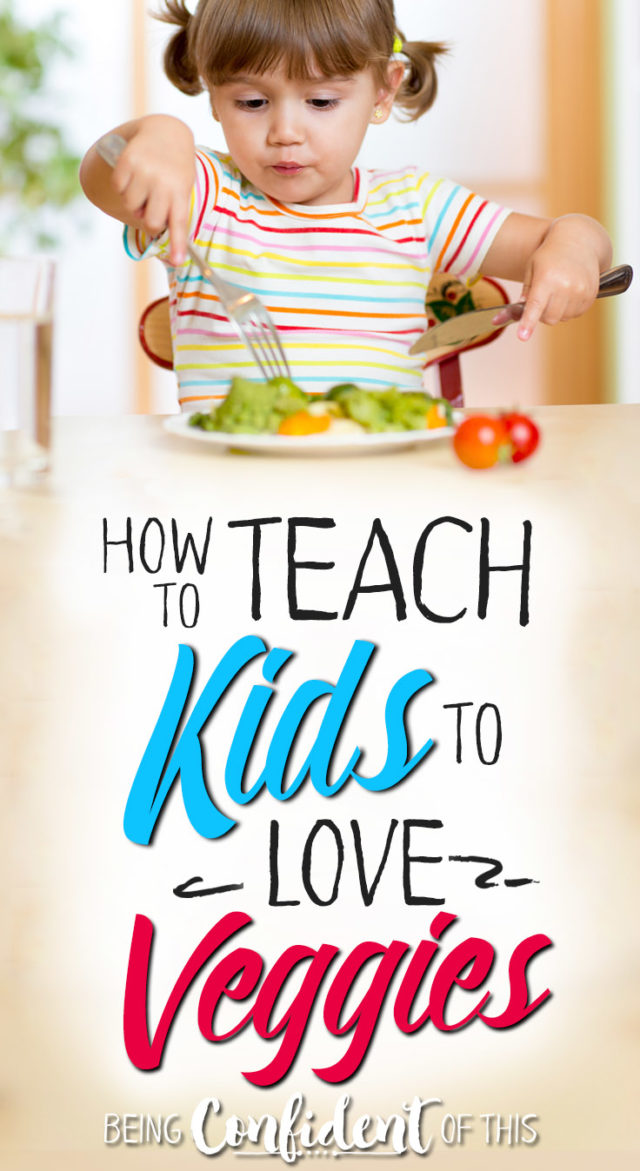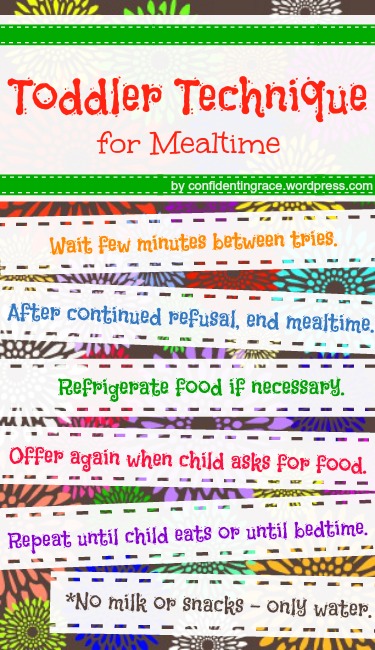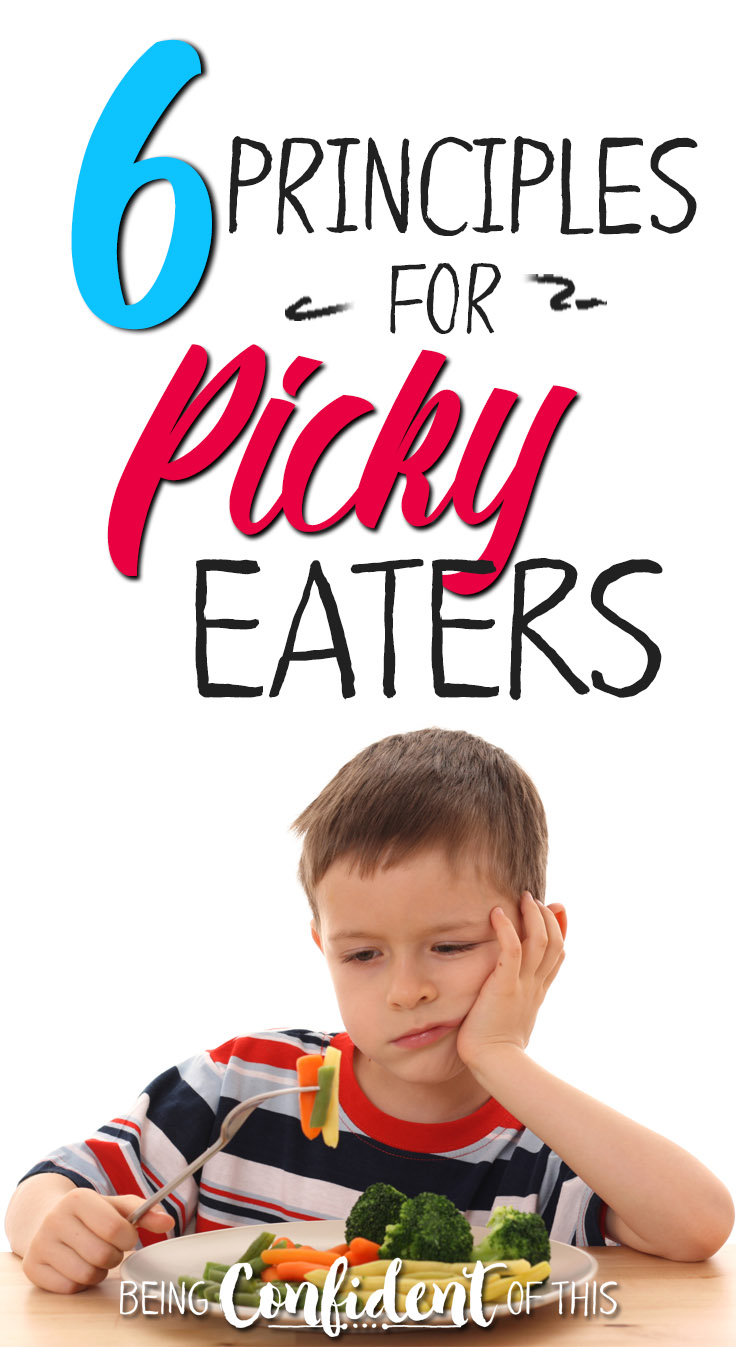I’ve read a lot lately about hospitality and how important it is for Christians to be reaching out to those in their community. One of the easiest ways for our family to entertain guests is to host a game night. We love playing games of all sorts, and game night gives us an opportunity to develop relationships with others in a relaxing environment.
Perhaps my favorite reason for hosting a game night is that there is no need to prepare a fancy meal for lots of people – just have each family bring a snack to share. You provide the dishes, and beverages. ( Honestly, ours are usually disposable – paper plates and plastic cups.) You don’t even need any special decorations, just table space! It’s the perfect way for someone like me, who is not gifted in the area of hospitality, to have people over. 🙂
However, sometimes hosting Game Night involves entertaining young children as well as adults. Even if you are having a family game night with just your family and attempting to play a game older children might enjoy, you still need something for younger children to do. Parents can’t play if kids aren’t occupied. 🙂
10 Tips for Hosting Game Night with Young Children in Tow:
- Play their games. Depending on the age of the youngest children, choose a few games they can play and enjoy, too. See my post about Our Big List of Favorite Games for ideas on what games appeal to a wide range of ages.
- Give them a role. If they cannot understand enough to play but want to be involved, give them a role to play in the game (handing out pieces, handing out money, etc.) or put them on someone’s “team.”
- Give them their own pieces. If the children are too young for a role, give them their own pieces to play with next to the game (as long as they aren’t small enough to choke on). If the kids are young enough, they won’t even care if the pieces even go to the game you are playing. Cards especially seem to do the trick, and you can find children’s decks at the dollar store!
- Give them child-friendly snacks. The peace will only last as long as the snacks do, but fun snacks will buy at least a little time before you have to move on to something else. Some of our favorite kid-friendly snacks are goldfish crackers, bite-sized cookies, grapes, cucumbers, pretzel sticks, cheese, etc. Finger foods are fun for children, but I would avoid any messy snacks.
- Give them their own game space. This approach works best if you have more than one child who cannot play because they can help entertain each other (one of the many benefits of having twins!). Be sure to give them an activity they can do on their own with little to no help from mom or dad. If they are old enough, you might give them a game of their own to play, especially if an older child can help. Other activities such as playdoh, coloring, puzzles, building, etc. will provide distraction, too.
- Put an older child in charge of entertaining the younger children. Some older children may not find this appealing, but on occasion, our oldest really enjoys entertaining the littles. He is really great at using his imagination to make up pretend games for them and other children, too. Of course, now he’s getting to the age where he would rather play along with the adults, but our middle son is just now starting to entertain from time to time, as well, although not for a long period of time. If older children are not an option, then….
- Hire babysitters. If you have no older children to entertain the young ones, consider hiring family members or youth from church for the job. This is especially helpful if you have a separate area, such as a playroom or a finished basement where the kids can hang out. Even a child’s bedroom will work! Parents are nearby and still on hand if any major issues arise.
- Pull out the “company” toys. In our home, we have a few toys that seem to be popular when there is a whole group of children in the house. Some of them, we save specifically for special occasion use. One is our set of Playhut tents (they are pop-up type tents and tunnels that connect). Another is the basket of dress-up clothes (I add to this each year after Halloween when the costumes go on 75% off clearance or when I find them at garage sales!). Duplo blocks or Legos (depending on age) are toys that groups of children can play with together (Duplo blocks or the off-brand Megablocks are easy to find at garage sales, too). We also have a play kitchen with pretend food that has seen a lot of use. These “company” toys should be toys that multiple children can play with at the same time in order to avoid disagreements. Also, be sure to put away any toys that you foresee causing problems, such as our boys’ star wars lightsabers. Any time we have company, those end up in the closet because they seem to cause accidental injuries. 🙂 In addition, you’ll want to put away any favorite toys that are special to your children.
- When all else fails, we put on a movie! Usually, this is a last resort when other techniques aren’t working or when it’s too close to bedtime but the parents aren’t done playing yet. 🙂 If you don’t have children of your own, be aware that very young children often won’t sit for an entire movie. In fact, they might not be interested in it at all! Usually by the time we decide to put in a movie, it’s bedtime for the younger ones, so we offer it as entertainment for any older children. It helps to have a movie that the children haven’t seen very often or recently.
- Put them to bed. When our twins were babies, we either had to take turns playing games or wait until their naptime or bedtime. In fact, at first we would only host game nights close to those times so that we could enjoy our company. If your friends have young children, too, you could always offer another bedroom or space for their children to sleep if needed. It’s a great idea to hang on to at least one pack-n-play, even after your children have outgrown it, for times like this.
I hope these tips inspire you to try out family game night or to host friends or neighbors for a game night party of your own! It really is possible to host and still have fun even when young children are involved, as long as you know what to expect and how to help the kids have fun as well. If you’ve never hosted a game night before, I suggest starting small with another couple or family that you know well. Then, you can work up to multiples couples or families at once! Game night really is a great way to build fellowship with neighbors, with friends, with family, with small groups, with Sunday school classes, and more. Why wait?
Jen 🙂
I may be linking up at any of the blogs listed on my Favorite Link-ups tab.






















